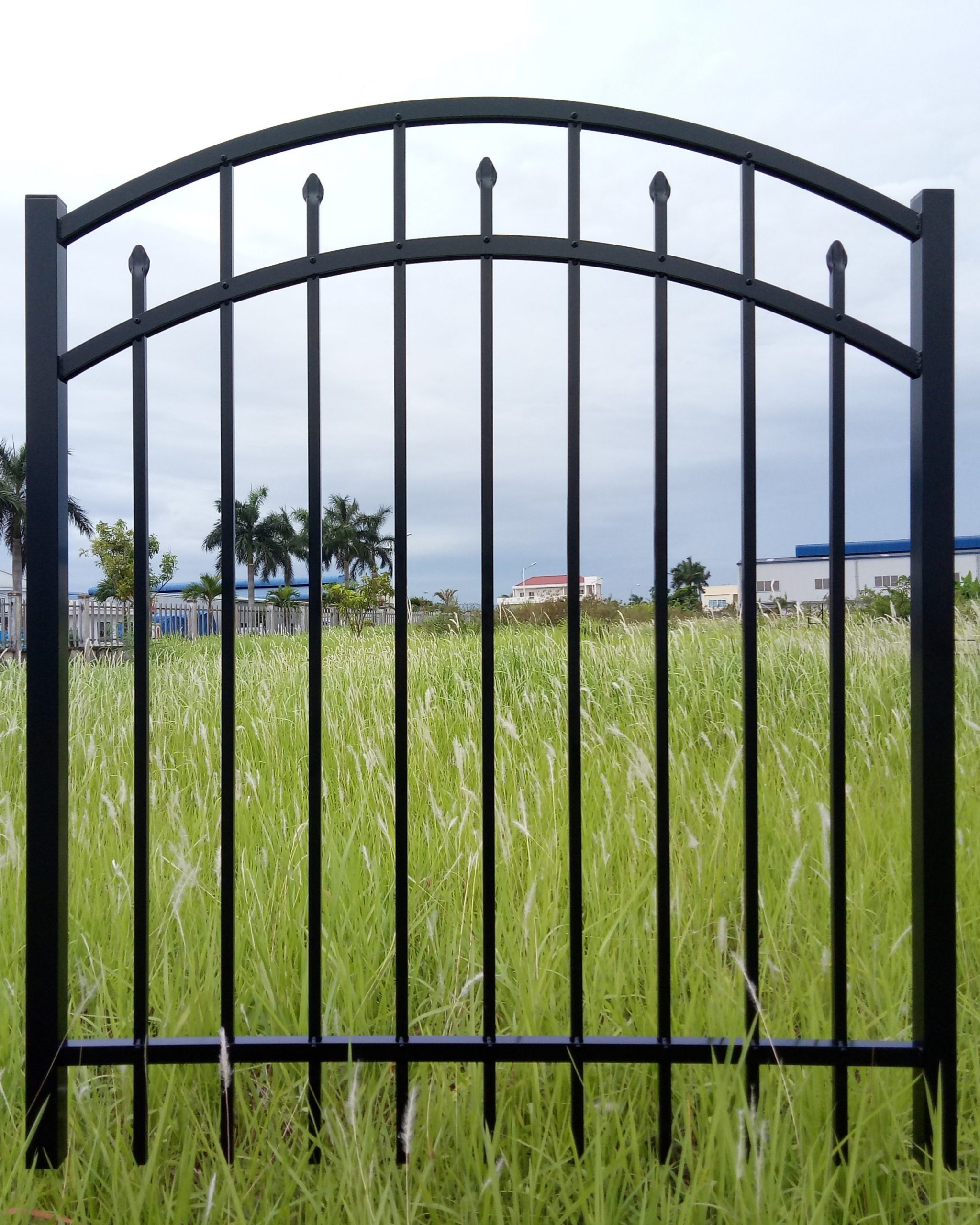Aluminum has always been known for its lightweight and […]
Aluminum has always been known for its lightweight and corrosion-resistant properties, but modern aluminum gates have benefited from significant material advancements. Initially, aluminum gates were basic structures with a focus on functionality. However, with improvements in alloys and coatings, aluminum gates have become stronger, more durable, and more versatile.

Modern aluminum gates are often made from high-strength alloys that provide added durability while maintaining the lightweight nature of aluminum. This allows for the creation of larger gates that can withstand higher forces and external pressures, making them suitable for both residential and commercial use.
One of the significant changes in aluminum gate technology is the introduction of advanced coatings. These coatings, such as powder coating and anodizing, provide additional protection against environmental elements, preventing rust and enhancing the gate's resistance to weathering. The improved coatings have made aluminum gates more suitable for harsh outdoor conditions, ensuring they retain their appearance and functionality over the long term.
Modern aluminum gates also incorporate materials and designs that improve energy efficiency. For example, some gates now include insulated panels that help with thermal regulation, which is particularly useful in industrial settings where climate control is a concern.
In the past, aluminum gates were primarily viewed as utilitarian structures with little emphasis on design. However, this has changed dramatically with the increasing demand for aesthetically pleasing gates that complement the architectural style of homes and businesses.
Customization: Modern aluminum gates offer a wide range of design options, allowing homeowners and business owners to select gates that fit their aesthetic preferences. Customizable elements such as gate shape, size, color, and decorative accents like ornamental patterns and inlays have become common. These gates can be tailored to reflect the unique style of a property while maintaining their functional properties.
Sleek and Modern Look: Aluminum gates now come in sleek, minimalist designs, offering clean lines and simple profiles. This design shift has made them a popular choice for contemporary homes and modern commercial buildings. The ability to incorporate glass panels or intricate laser-cut designs has further expanded the visual appeal of aluminum gates.
Color Variety: The use of advanced powder-coating techniques allows aluminum gates to be produced in a broad range of colors, from traditional neutrals like black and white to bold, vibrant hues. The use of custom colors allows gates to blend seamlessly with the overall design of a building, whether the property owner prefers a traditional, classic look or something more striking and contemporary.
As security concerns continue to grow, the role of gates in providing safety has become more prominent. Modern aluminum gates now come equipped with a variety of advanced security features that make them suitable for residential, commercial, and industrial applications.
Automatic and Remote Control: One of the noticeable changes in the use of aluminum gates is the widespread adoption of automatic and remote-controlled gates. This feature adds convenience, allowing the gate to open and close with minimal effort. Homeowners and businesses can now operate gates from the comfort of their cars or even remotely via smartphone apps, enhancing accessibility and security.
Enhanced Locking Systems: Modern aluminum gates come with high-quality locking systems that provide additional security. These may include electronic keypads, biometric scanners, or even smart lock systems that allow homeowners and business owners to control access with greater ease and precision. With these systems, it is easier to monitor and control who enters a property, offering better protection against unauthorized access.